
Macrozamia is a genus of around forty species of cycads, family Zamiaceae, all of which are endemic to Australia. Many parts of the plant have been utilised for food and material, most of which is toxic if not processed correctly.

Macrozamia communis is an Australian cycad found on the east coast of New South Wales. The common name for the species is burrawang, a word derived from the Daruk Australian Aboriginal language; this name is also often applied to other species of Macrozamia.
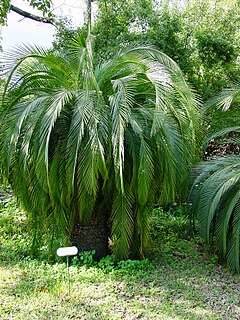
Macrozamia moorei is a cycad in the family Zamiaceae, native to Queensland (Australia).
Macrozamia cardiacensis is a species of plant in the family Zamiaceae. It is endemic to Australia.
Macrozamia conferta is a species of plant in the family Zamiaceae. It is endemic to Queensland, Australia.
Macrozamia cranei is a species of plant in the family Zamiaceae. It is endemic to Australia. Its natural habitat is subtropical or tropical dry forests.
Macrozamia crassifolia is a species of plant in the family Zamiaceae. It is endemic to Australia.

Macrozamia diplomera is a species of plant in the family Zamiaceae. It is endemic to New South Wales, Australia.
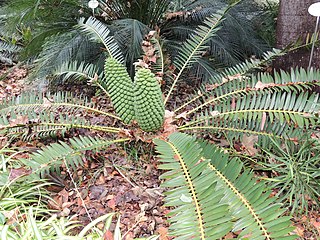
Macrozamia fawcettii is a species of plant in the family Zamiaceae. It is endemic to New South Wales, Australia.
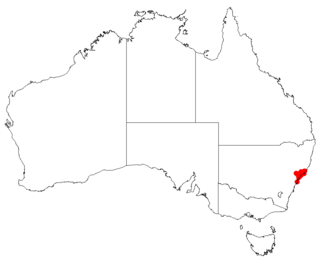
Macrozamia flexuosa is a species of plant in the family Zamiaceae. It is endemic to New South Wales, Australia.

Macrozamia glaucophylla is a species of cycad from the genus Macrozamia and the family Zamiaceae. Endemic to New South Wales, Australia, this species has features that resembles palms, although both species are taxonomically quite different. The current population trend of Macrozamia glaucophylla is stable with 2,500 to 10,000 mature individuals. The species are found in several habitats including forest and savanna. Ecologically, Macrozamia glaucophylla lives in terrestrial system, a land-based community of organisms where the biotic and abiotic components interact in the given area.
Macrozamia lomandroides is a species of plant in the family Zamiaceae. It is endemic to Australia. Its natural habitat is subtropical or tropical dry forests.
Macrozamia longispina is a species of plant in the family Zamiaceae. It is endemic to Australia.
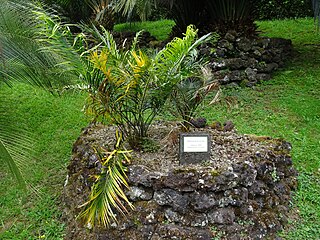
Macrozamia lucida is a species of plant in the family Zamiaceae. It is endemic to Australia.

Macrozamia macdonnellii, common name MacDonnell Ranges Cycad, is a species of plant in the family Zamiaceae. It is endemic to the Northern Territory, Australia.
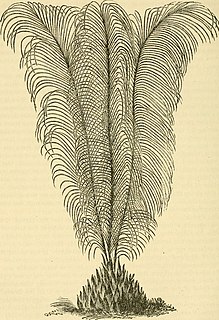
Macrozamia pauli-guilielmi is a species of plant in the family Zamiaceae. It is endemic to Australia.

Macrozamia platyrhachis is a species of plant in the family Zamiaceae. It is endemic to Australia.
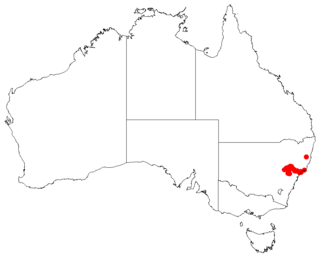
Macrozamia reducta is a species of plant in the family Zamiaceae. It is endemic to New South Wales, Australia.
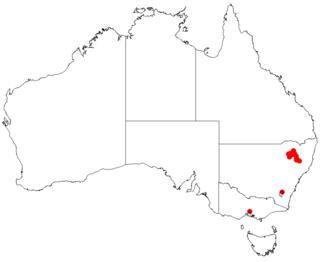
Macrozamia stenomera is a species of plant in the family Zamiaceae. It is endemic to New South Wales, Australia.
Macrozamia viridis is a species of plant in the family Zamiaceae. It is endemic to Australia














